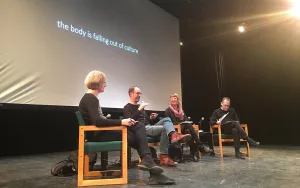
Networked Urbanism
Tracey Lauriault provides a dynamic introduction to the relationship between data and the city at the Future Cities Forum. This talk delves into the social and technological infrastructure and frames a new more open and democratic version of a data centered city.
